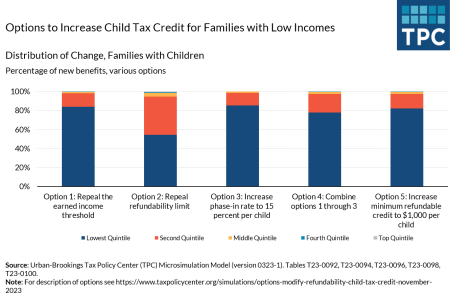Among its many damages, the Covid-19 pandemic caused major population losses in many US cities, through a combination of working from home, loss of new immigrants, and movement to less expensive areas. Recent data suggest those losses may have slowed, but cities could still be left facing major population declines, which also means lower tax revenues and economic harm.
The pandemic hit cities hard. William Frey at the Brookings Institution notes that “between July 2020 and July 2021…well over half the nation’s 88 largest cities lost population, many for the first time in decades.” For the first twenty years of this decade, annual populations grew in cities over 250,000. But in 2020-21, populations fell by almost one percent for those same cities.
That’s a lot in one year, especially after two decades of growth. So the big question has been will city populations fall further? Will they stabilize? Or can cities get back on the growth path of the last two decades?
The issue is complicated because there are several components to population growth or decline. Frey explains that total population change is the sum of the “demographic components”, which he describes as “migration within the US (domestic migration), immigration from abroad, and natural increase (the excess of births over deaths).”
City population trends are further confounded by America’s metropolitan structure. People often move within the same metro area (as happened during the pandemic with increased working from home). But because our metros are made up of politically independent suburbs surrounding a core city, metro populations can be stable or actually increase even while central city population falls.
As my Columbia University Press book Unequal Cities documents, this metropolitan pattern is quite common in the US. It has fostered racial and economic inequality, as wealthier—and often whiter—households move to suburbs, where they benefit from the economic advantages of metropolitan economies while not taking on a fair share of taxes or other service needs like education or transit.
Frey shows that suburbs of major metropolitan areas (with populations over one million) grew in tandem with core cities for a decade. Indeed, large cities grew faster on average than suburbs between 2010 and 2015, with suburban growth rates trending higher after that. In fact, suburban population in major metropolitan areas grew even in the peak pandemic year, while core cities had an overall loss of people.
But cities were hit by more than domestic migration. The peak pandemic year also saw a low point in natural increase, driven in part by deaths from Covid-19. And foreign immigration, already falling due to hostile policies from the Trump Administration, took a further tumble from Covid-19 public health measures restricting travel.
Observers feared cities would keep losing population after the peak pandemic year, with a downward spiral of fewer people, lower taxes, and negative impacts on public services like policing, education, transit, and sanitation. This spiral could in turn push more households and businesses out of the core city, further feeding fiscal and social pressures.
The qualified good news is the overall population rate for core cities has stabilized, with a barely detectable overall loss of -0.04% in 2022. Frey’s analysis shows two factors stemming city population declines—increased immigration and a higher natural increase.
First, international immigration made a comeback, “which nearly tripled from the previous year.” This is especially good news for immigrant-friendly cities like San Francisco and New York. The Census Bureau reported that nationally, “net international migration” was “the primary driver of growth” in 2022’s modest US population increase. Immigration to cities has always helped offset the long-term movement of domestic households to surrounding suburbs, which in turn has been encouraged by subsidies to housing, transportation and schooling.
The second positive population component is higher natural increase. Nationally, the Census Bureau reported that 2022 saw “the largest year-over-year increase in total births since 2007.” Economists have called this a small “baby bump” from the pandemic, linked in part to increased working from home among college educated and older women.
Of course, the aggregate average for all cities is comprised of winners and losers. The positive shift in immigration and births didn’t fully offset population losses for many cities, but merely slowed it down. And suburbs continue growing faster than core cities, with negative implications for city budgets and provision of services.
These pressures could in turn continue to undercut core cities’ downtown office sectors. Those offices and business districts face continued low occupancy, fewer commuters, and loss of jobs for low-income service workers that depend on commuter dollars.
So for cities, there’s good news in slowing population declines, and especially in revived immigration. But structural labor market changes from the pandemic, especially the rise in working from home for higher educated and higher paid workers, are persisting in ways that may undercut cities’ fully returning return to previous population and economic levels.
Read the full article here








